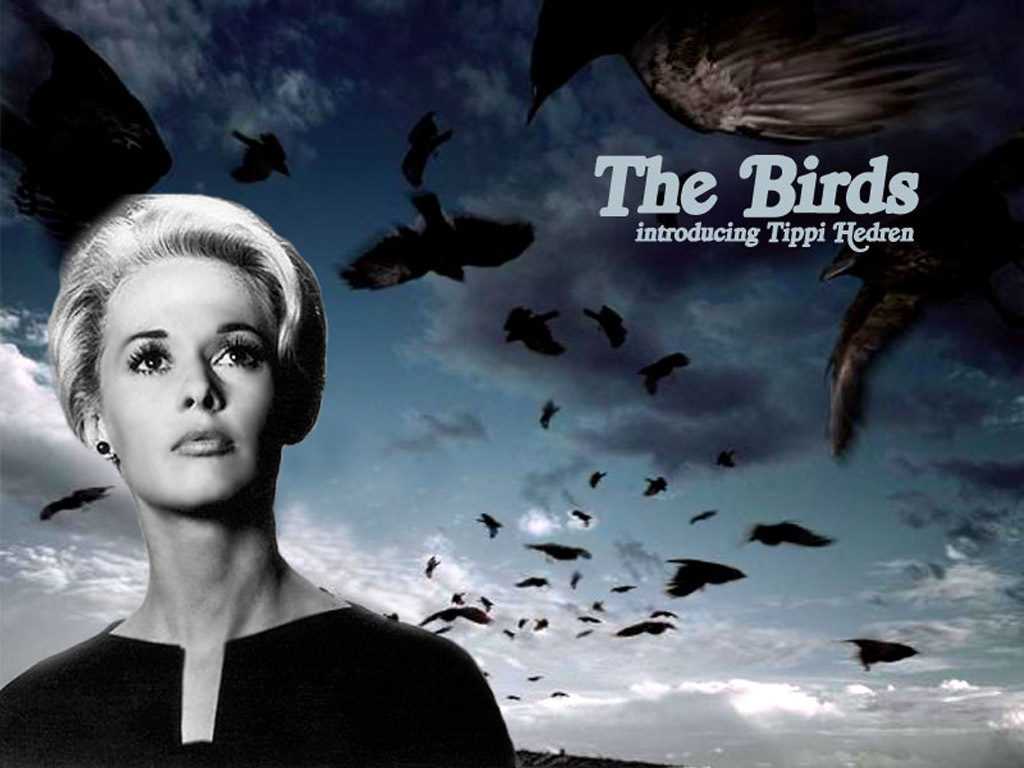
Species: Indicator indicator
Habitat: worrying bees and other birds throughout sub-Saharan Africa
If there's one word that sums up a newborn human baby, it's "helpless". Newly hatched greater honeyguide chicks are far more capable: chillingly so.
They emerge into pitch darkness, inside a tunnel dug by another bird where their mother has left them. They will soon be joined by the host bird's own chicks when they hatch. If this was a slasher movie, now would be the time to cover your eyes.
The young honeyguide kills the other chicks within an hour. All this from a bird that as an adult helpfully guides humans to bees' nests, which the humans then raid for honey.
Cuckoos gone wild
Honeyguides lay their eggs in other birds' nests, just like cuckoos. Claire Spottiswoode of the University of Cambridge studies them in southern Zambia, where they tend to parasitise little bee-eaters. These birds dig tunnels in the sandy ground, often in the roofs of aardvark holes, where they lay their eggs. Spottiswoode was able to insert video cameras into these nests.
Female honeyguides slip into the tunnels and lay their own eggs there. If there are any little bee-eater eggs in place, the honeyguide mother punctures them with her beak. That's not always enough, however, because eggs sometimes survive and the little bee-eater may lay more. Spottiswoode found that only 67 per cent of host eggs were punctured in parasitised nests.
The honeyguide chick has an advantage, though. Its mother incubates the egg inside herself, allowing it to hatch two to four days before those of the little bee-eater. When the rightful chicks hatch at 1.8 grams on average and with thin skin and skulls, the honeyguide is ready: bulked up to 9.1 grams, it attacks the baby bee-eaters within an hour of hatching. "They don't stand a chance," Spottiswoode says.
The honeyguide reaches out haphazardly in the dark, perhaps sensing a chick moving, and bites into it. It has sharp hooks on the front of its beak that can inflict plenty of damage.
The honeyguide then chews on its victim, opening and closing its beak, and shakes it like a terrier shaking a rabbit. Once the chick stops moving, the honeyguide discards it but it can take up to 7 hours for the chick to die.
With no one to compete for the host parents' attention, the honeyguide stays in the nest for another month. It begs for food using a strident call that sounds, to human ears at least, like an entire brood of little bee-eater chicks. Baby cuckoos have been shown to mimic the sound of a brood of reed warbler chicks, and it may be that the honeyguides have evolved the same ability.
At any rate the honeyguide's calls whip the host birds into a frenzy, and they bring it a lot of food. "They end up tremendously fat, with gigantic pot bellies," says Spottiswoode.
Sweet, sweet honey
It's a far cry from the behaviour that made the greater honeyguide famous. In return for guiding humans to honey the bird gets a meal of larvae and, rather unusually, wax. "I'm guided about once a fortnight when I'm in the field," Spottiswoode says.
A honeyguide gets a human's attention by flying close to them and calling persistently. Then it flies away for a minute or more, before returning and perching in a conspicuous place. When the human approaches the bird flies to another perch. In this way it can lead the human for a kilometre or more.
After they reach the nest, the bird calls more softly. At this point it's up to the human to break in. The standard trick is to start a smoky fire, which stupefies the bees and reduces the chances of getting stung.
It seems the behaviour evolved alongside early humans in Africa, although we don't know exactly when. Given that honeyguides never meet their parents and aren't particularly social, it seems likely that the behaviour is genetically controlled. But it may be dying out, as people in Africa take to keeping domesticated bees rather than hunting for wild nests.
There's no question that the birds do guide humans. What is controversial is the claim that honeyguides lead other animals to bees' nests.
Plenty of animals have been said to cooperate with honeyguides, but the standard story is that their partners are honey badgers. It's an odd idea, because despite their name honey badgers are actually carnivores that eat anything from insects to mammals.
The claim dates back to Anders Sparrman, a Swedish traveller who visited Africa in the 1770s and 80s. He didn't see the behaviour himself, but heard about it from local people. Almost all later accounts of the behaviour can be traced back to Sparrman.
Since then, no one has seen it happen. "We have to be very sceptical," says Spottiswoode, who points out that the honeyguides might occasionally follow the badgers rather than guiding them.
There is some film of a honeyguide apparently leading a honey badger to a bees' nest. It's featured in the 1974 cinema documentary Animals are Beautiful People, and you can see it complete with hilarious narration on YouTube.
Sadly, it seems this footage is fake. The honey badger is trained, while for the most part the honeyguide is dead, stuffed and on the end of a string. It's not as horrendous a piece of fakery as hurling lemmings off a cliff to show the mythical "mass suicide", but it's not real.
Journal reference: Biology Letters, DOI: 10.1098/rsbl.2011.0739
Story Here
Video of the VICIOUS murder here


